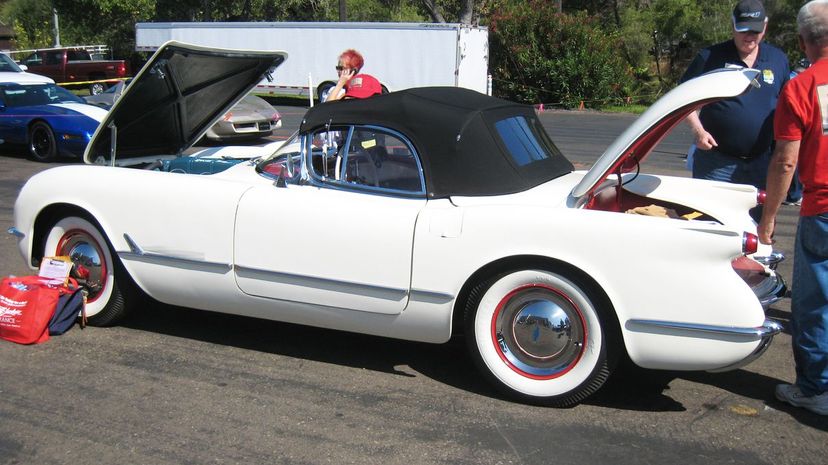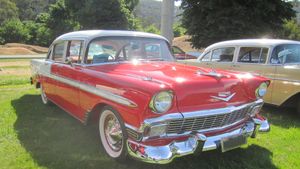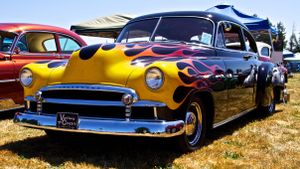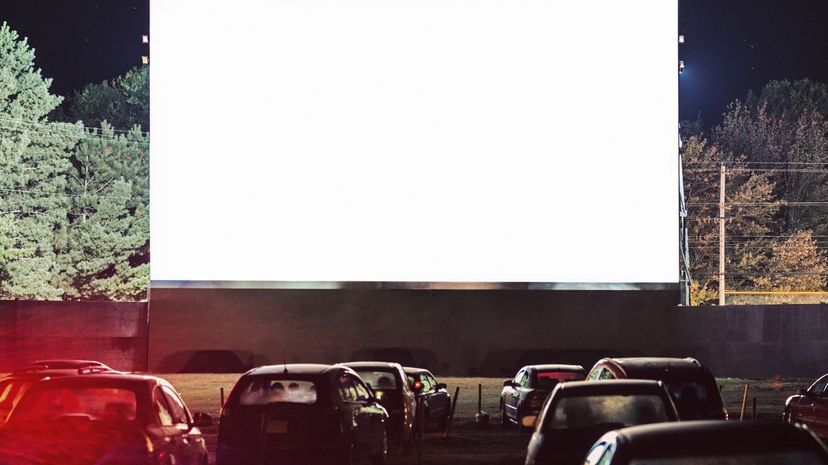
About This Quiz
The picture wasn't always the best, humid summer nights could be uncomfortable and the sound didn't come from a Dolby surround system, but from a small speaker attached to your car's window. Still, many people recall the drive-in movie experience as a fondly remembered treat. While there are still some sprinkled around the country, drive-ins have largely been left behind for the air-conditioned comfort of the multiplex or the projector in the home's rec room. They may have fallen out of favor with today's audiences, but for movie-goers of the 1950s, drive-ins were the place to see movies - and be seen by your friends - on Friday and Saturday nights.
Drive-ins also worked the magic of transforming your car from a simple vehicle into a theater with comfortable seats and a clear view of the screen (assuming your windshield was clean and in good condition). If you were lucky enough to drive a convertible, the sky was the ceiling of your own personal cinema. From couples wanting a night away from the kids to family trips where the kids came along to teens on a date where the movie wasn't always the main attraction, drive-ins were a part of the American experience, and cars were integral to that experience.
Are you ready for a quiz to see how much you remember (or were told) when it comes to cars parked in rows during the weekend facing a giant screen showing "Attack of the 50 Woman," "Daddy-O" or "Thunder Road"? Grab your popcorn, your jujubes and a soda, put your arm around your best guy or gal, and see how much you remember about these cars of the '50s!
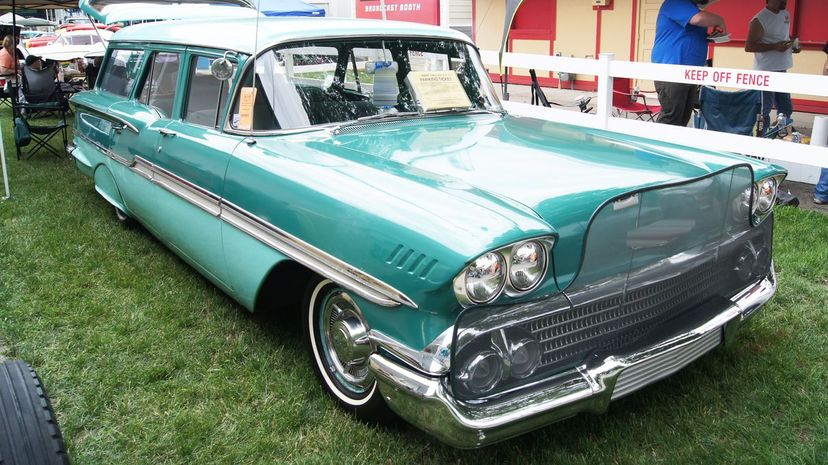


Advertisement
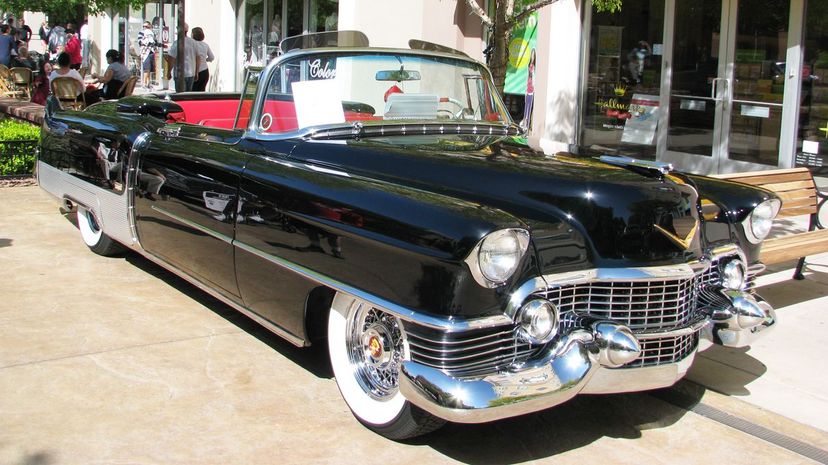
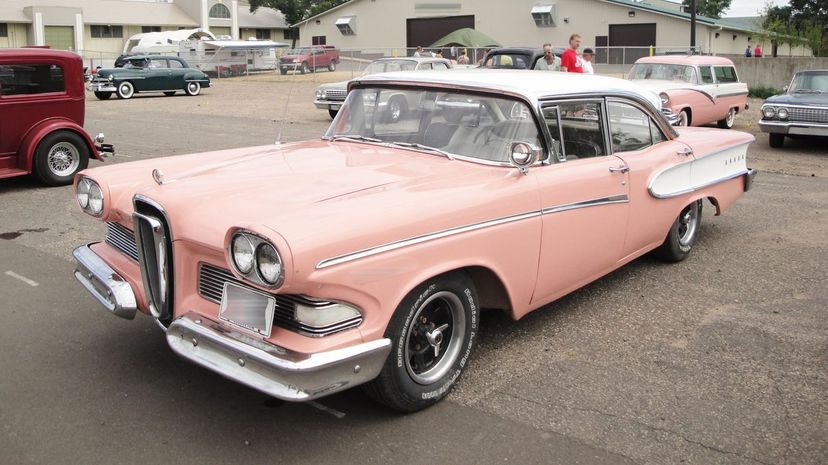

Advertisement


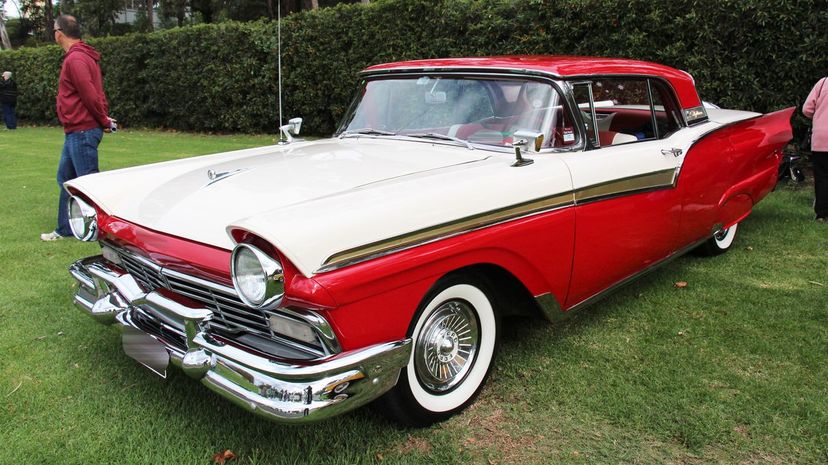
Advertisement

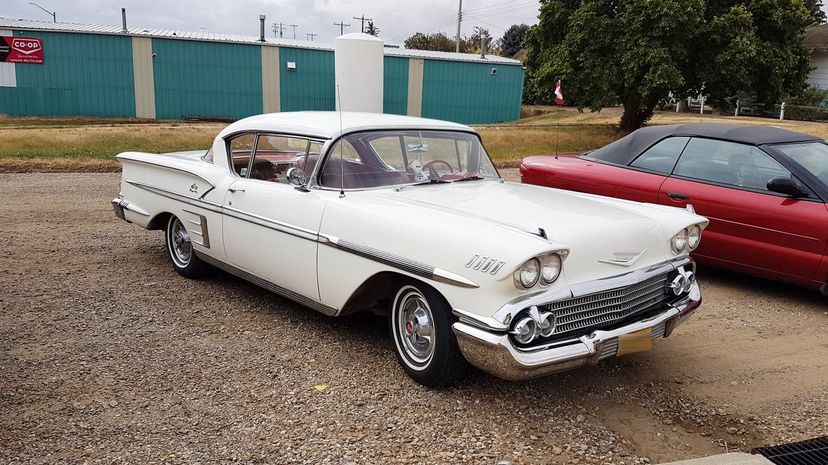
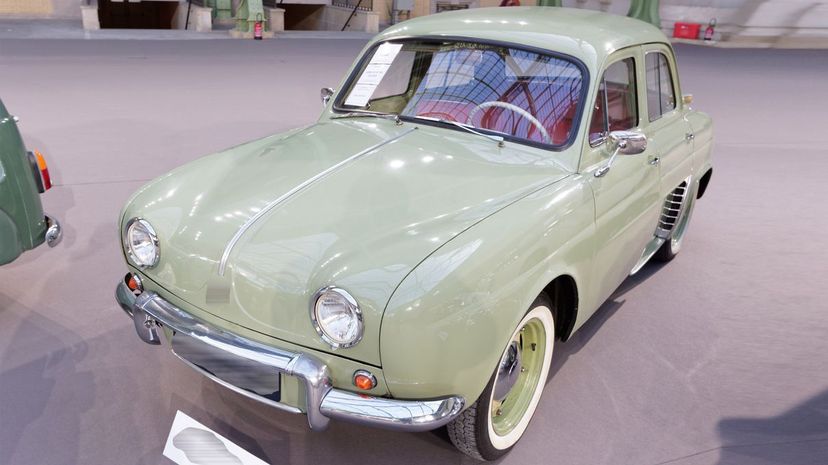
Advertisement
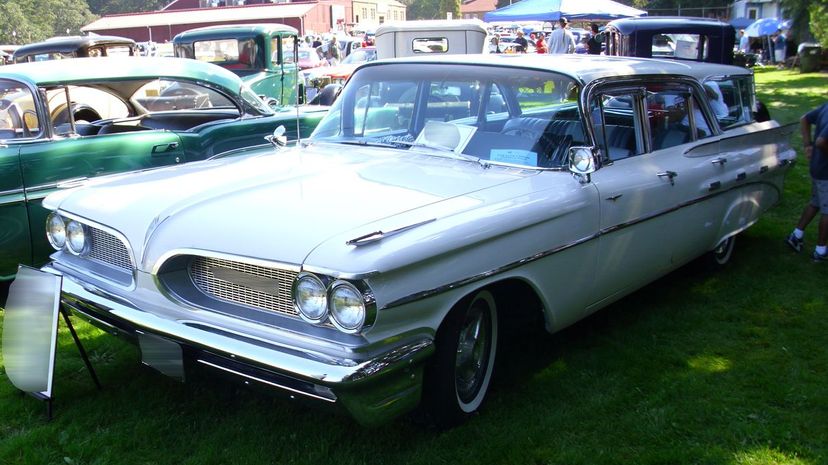
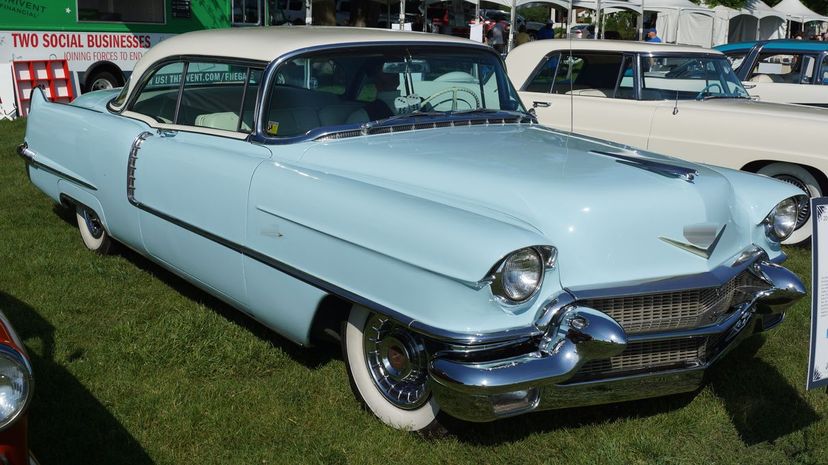
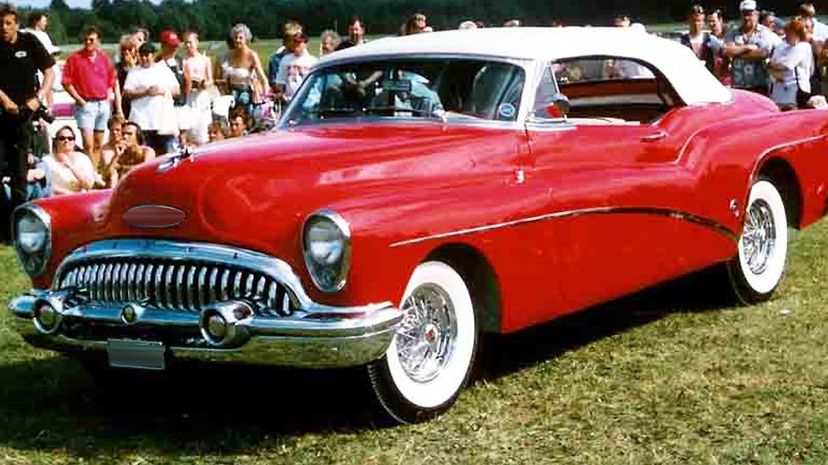
Advertisement
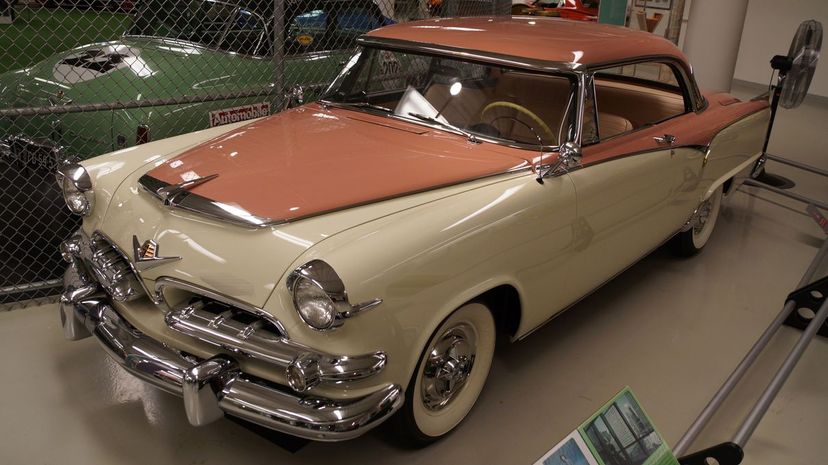
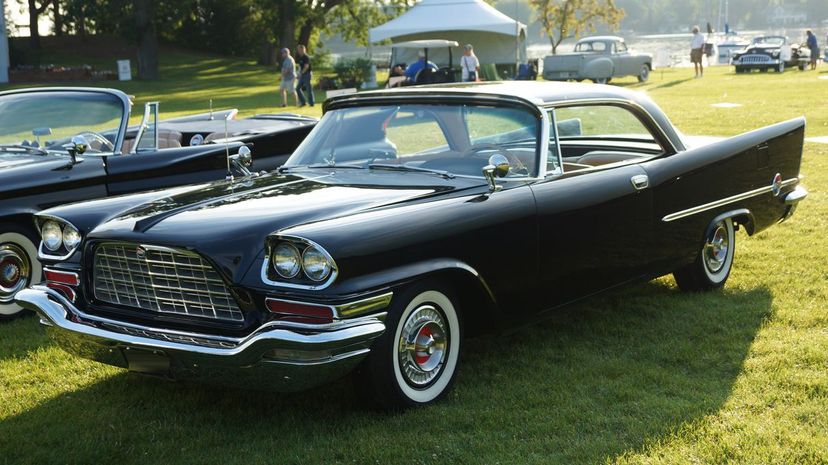
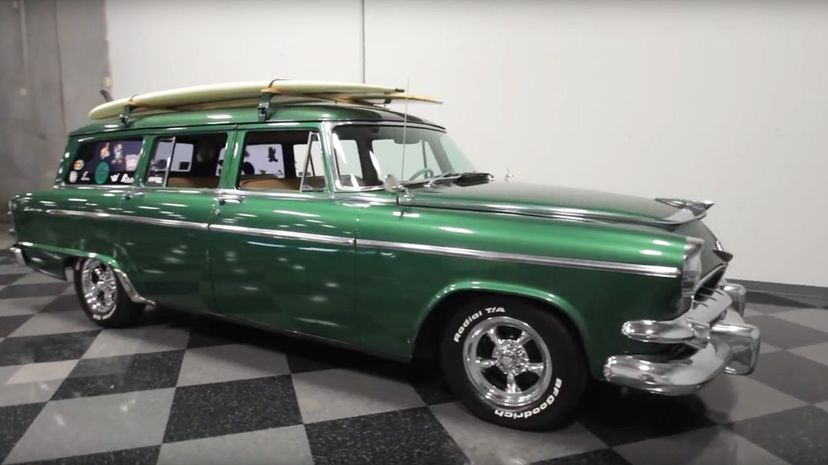
Advertisement
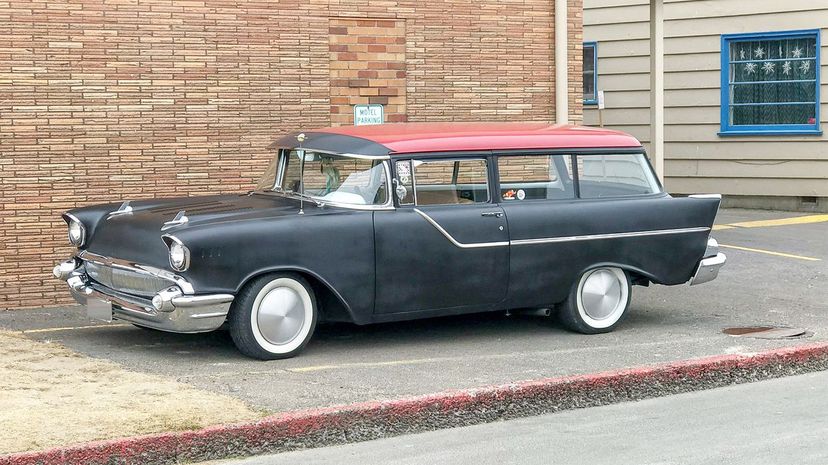
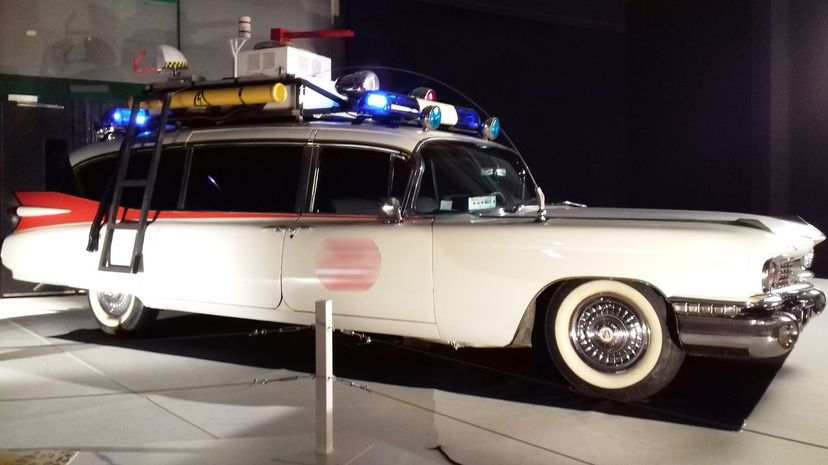
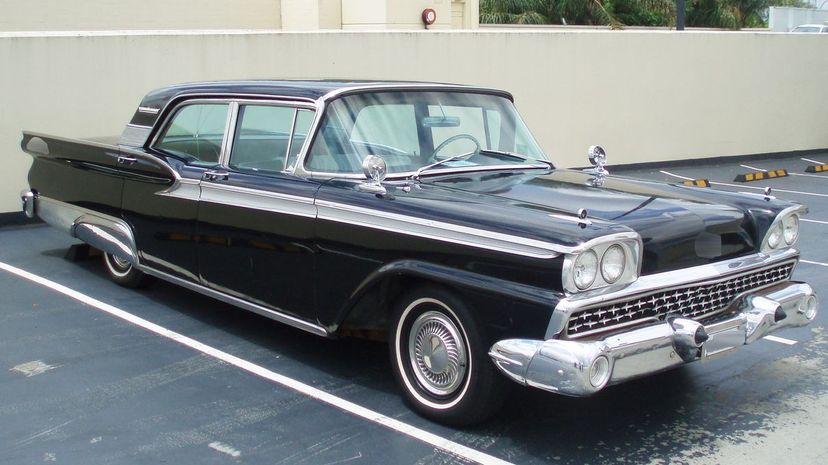
Advertisement

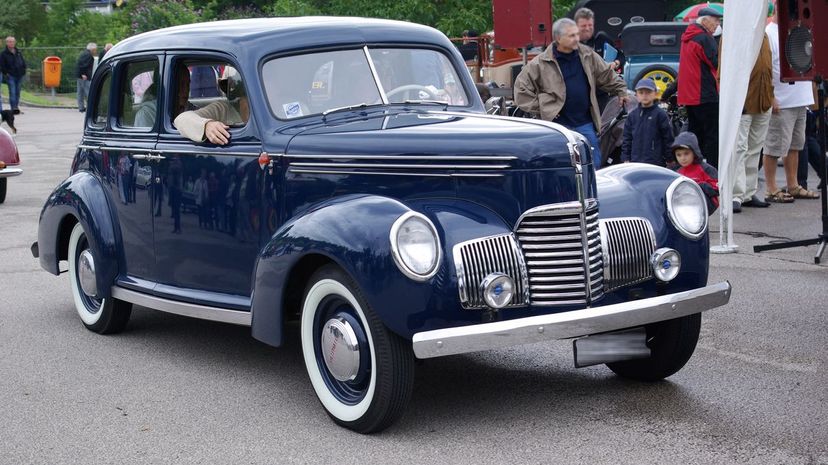
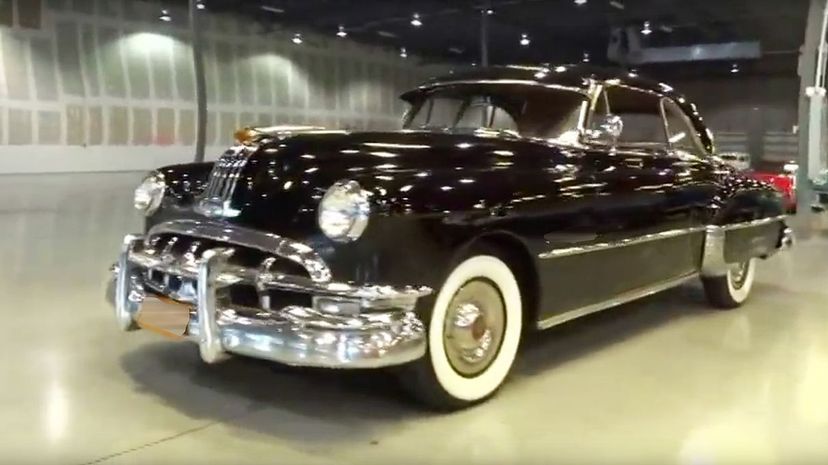
Advertisement
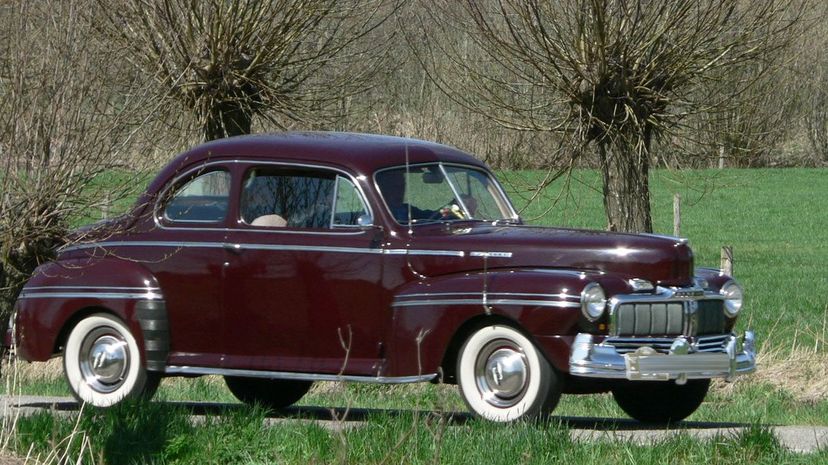
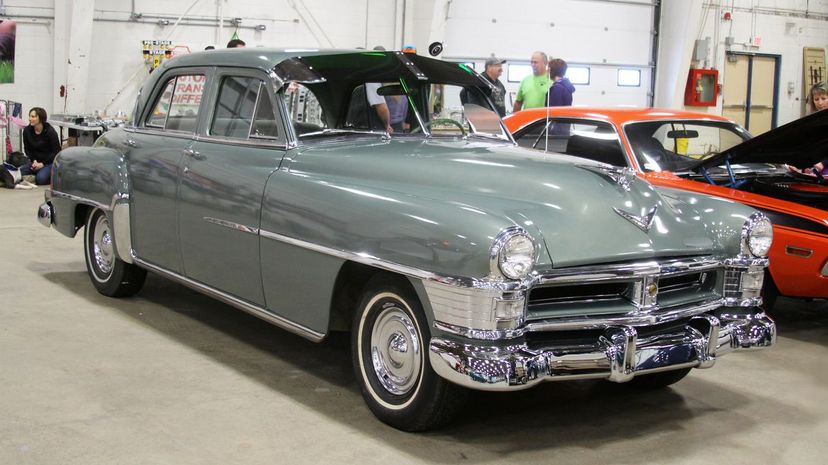
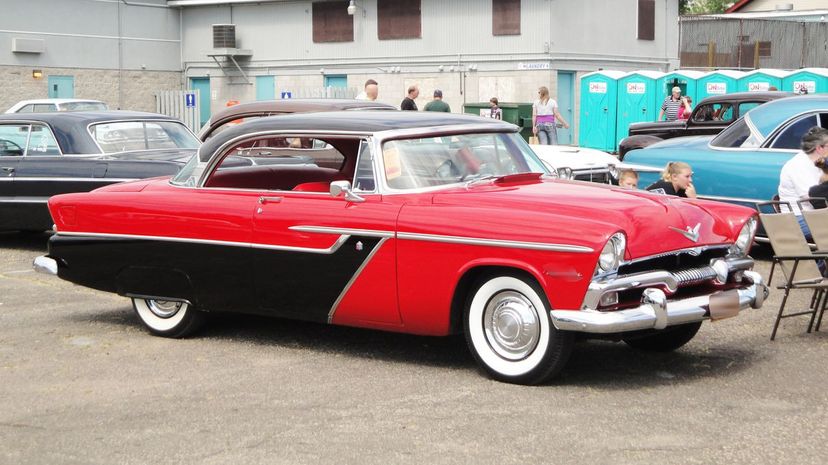
Advertisement
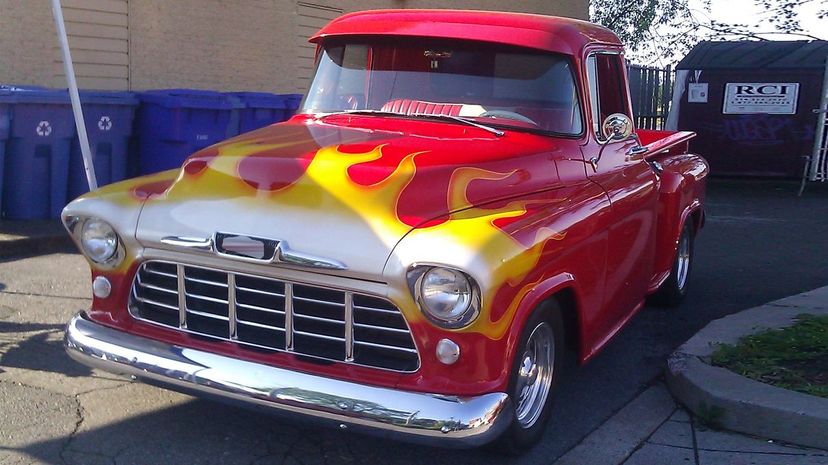
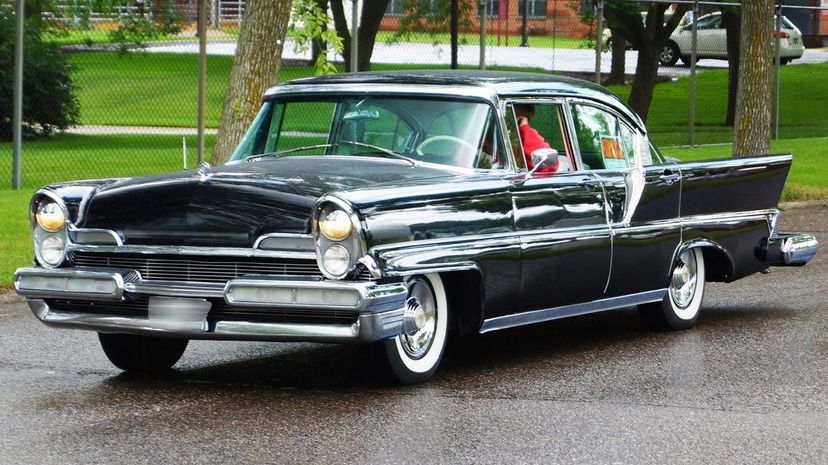
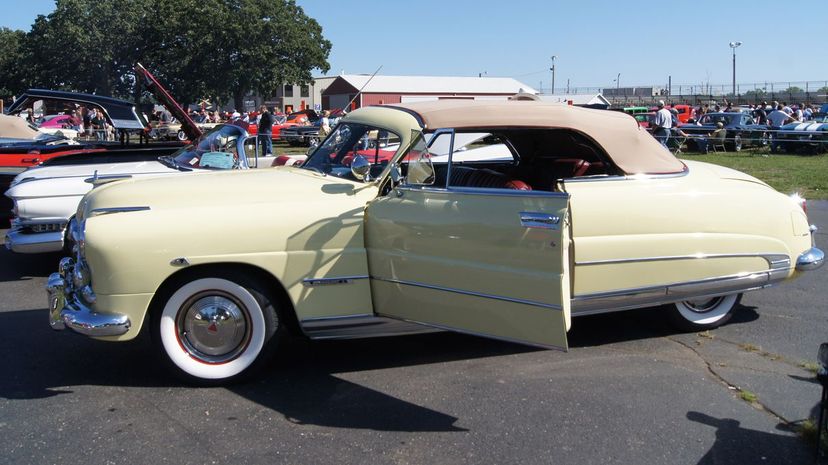
Advertisement

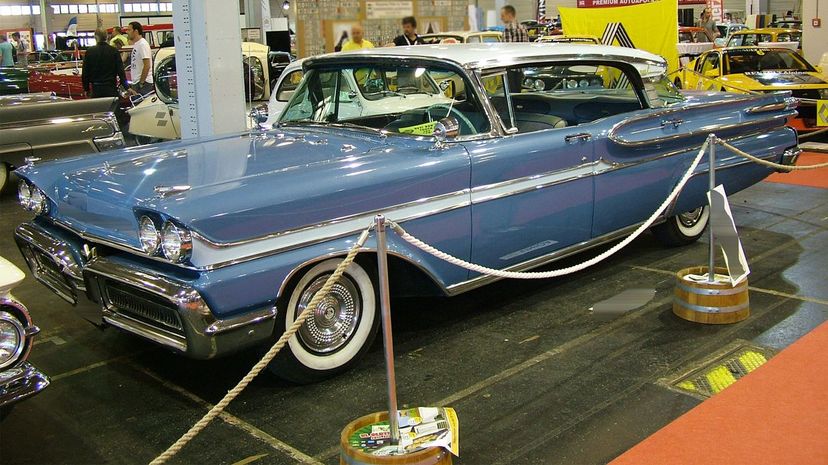

Advertisement
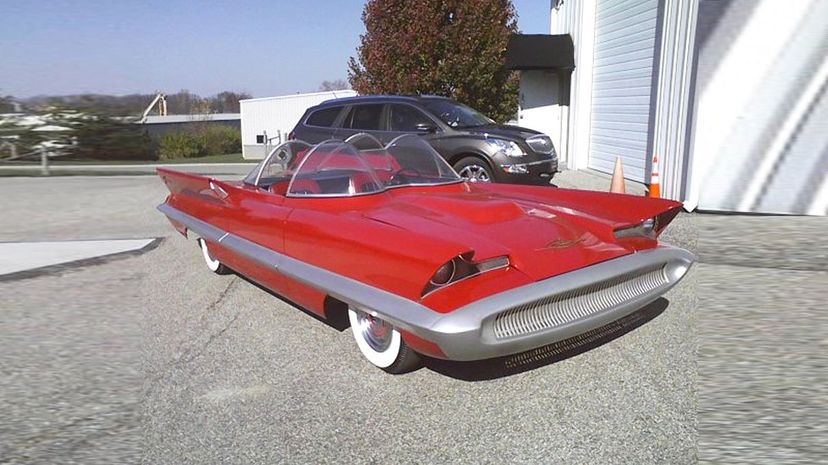
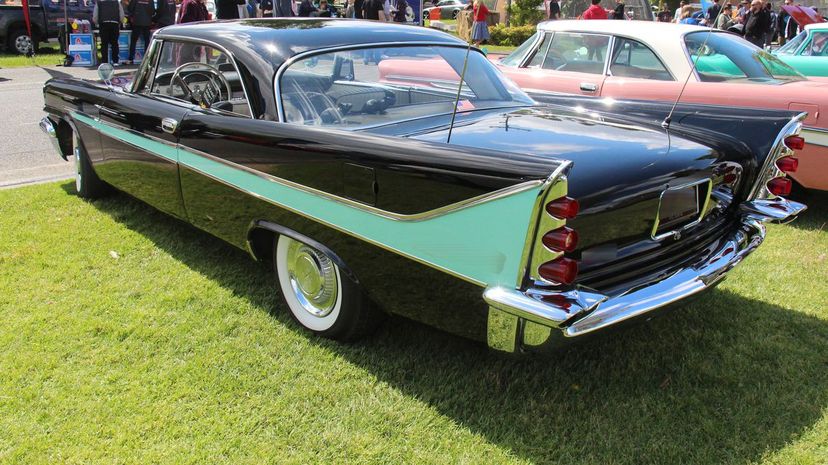
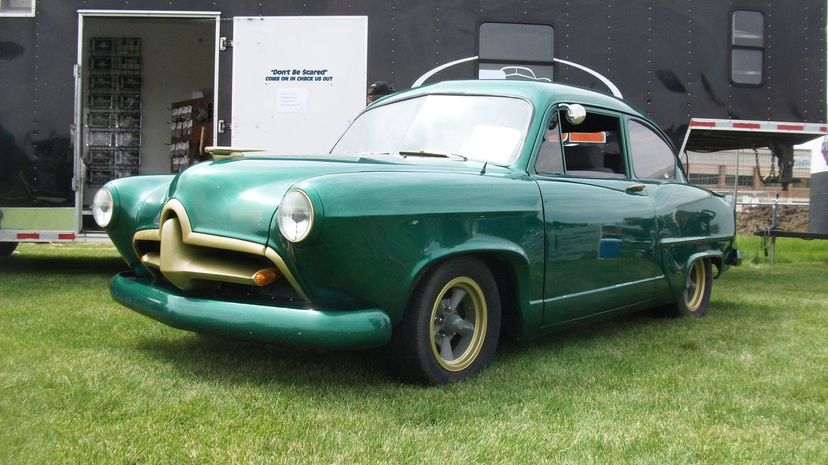
Advertisement
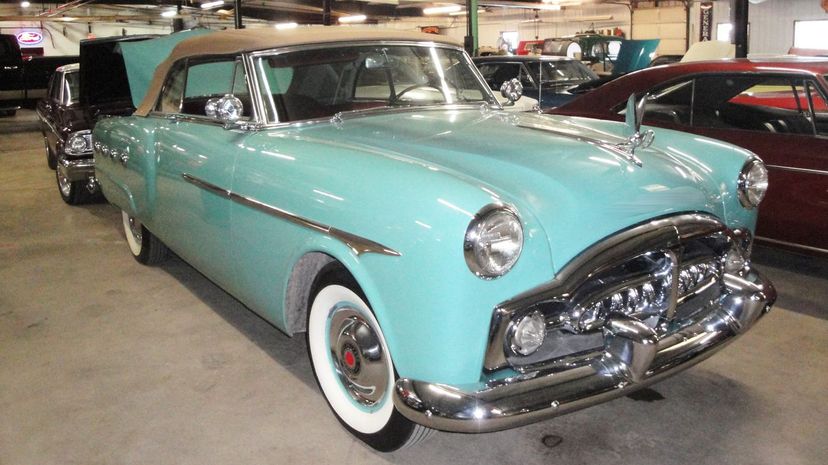
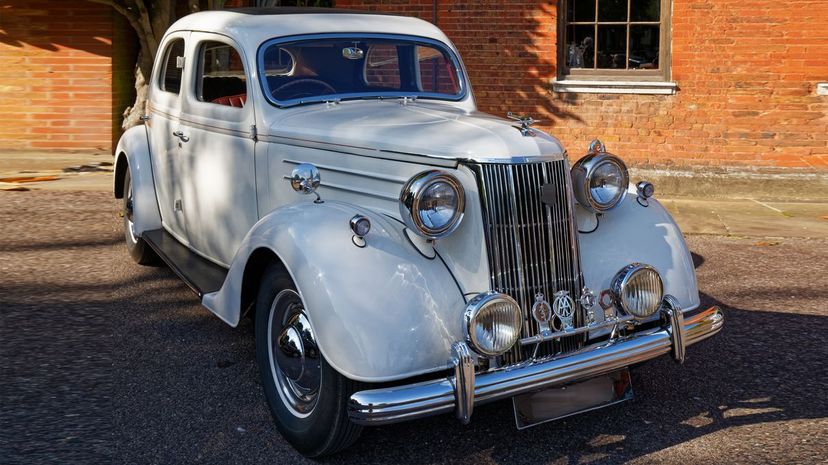
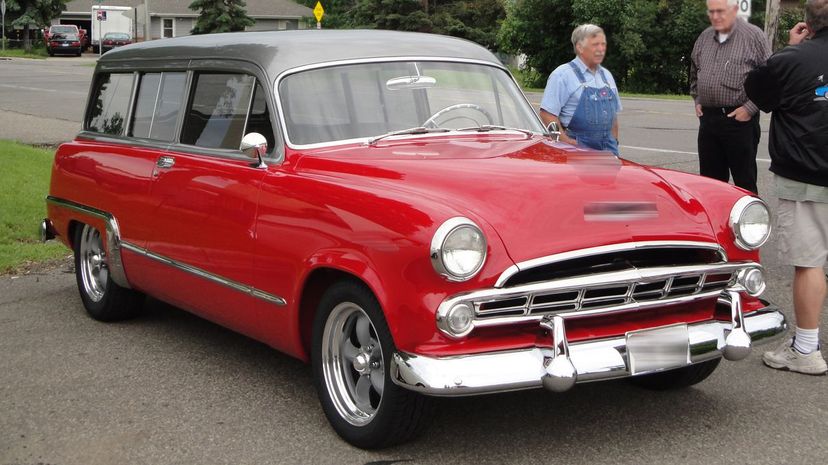
Advertisement
